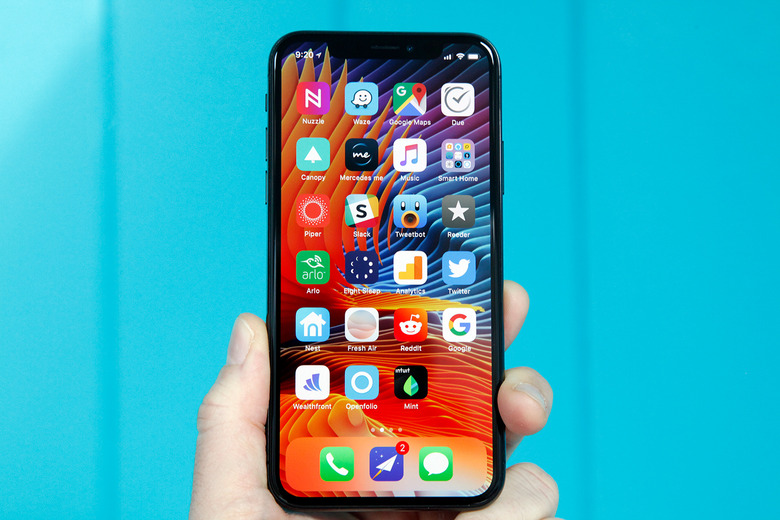The iPhone X Alone Made Three Times More Money Than Every Android Manufacturer Put Together
So much hype surrounded Apple in the run-up to the iPhone X launch that we've had a tough time working out whether the phone was a flop or not. At this point, it seems clear that Apple didn't sell nearly as many iPhone X models as it hoped, and the company had to cut production orders after the first three months of sales came in under expectations.
But at the same time, there's a big difference between "didn't meet expectations" and "total flop." According to a new report from analysis firm Counterpoint, the iPhone X alone accounted for 35% of total smartphone industry profits in Q4 2017, with Apple capturing a total of 86% of the industry profit. With just 14% of the profit left over for the Android manufacturers (no, Windows Phone and Blackberry certainly aren't making any money), that means that the iPhone X alone made a little more than three times as much money as the total profits from Samsung, LG, HTC, Sony, OnePlus, Huawei, and Xiaomi combined.
This isn't a new story. Only premium flagship smartphones tend to make much profit, and Apple and Samsung have held a stranglehold over the premium smartphone market for years. Although Android manufacturers dramatically outsell Apple in terms of the number of devices moved, only Apple has worked out a formula to consistently generate significant profits from its devices.

"Global handset profits declined 1% YoY, but Apple grew 1% YoY even with the iPhone X being available for only two months in Q4 2017," Counterpoint's Karn Chauhan said. "The iPhone X alone generated 21% of total industry revenue and 35% of total industry profits during the quarter and its share is likely to grow as it advances further into its life cycle. Additionally, the longer shelf life of all iPhones ensured that Apple still has eight out of top ten smartphones, including its three-year-old models, generating the most profits compared to current competing smartphones from other OEMs."
The other big takeaway from Counterpoint's research is the growth in profitability of the Chinese manufacturers. "Chinese OEMs cumulative profits crossed 1.3 USD billion during Q4 2017," Counterpoint Associate Director Tarun Pathak said. "This was driven by the increased mix of mid to high end smartphones. Infact, the average selling price (ASP) of their flagship devices also increased YoY. Key Chinese players like Huawei, OPPO and Vivo are now looking to scale up the price band, by leveraging their inhouse manufacturing capabilities and bringing innovation to their devices."
That's going to be of particular concern to Samsung. Consensus among analysts is that the demand for smartphones has peaked, and a lack of innovation is leading to longer refresh rates on devices. The pie isn't getting bigger any more, and Samsung is contesting with more and more firms for a small slice of it.
